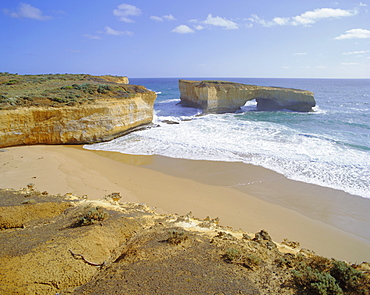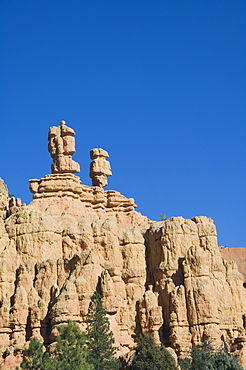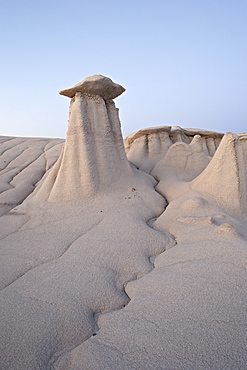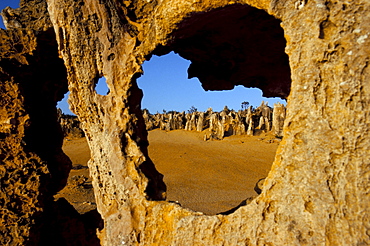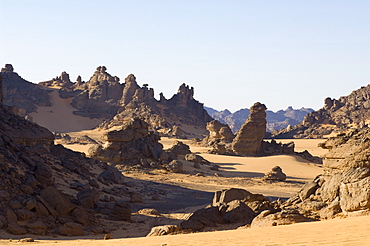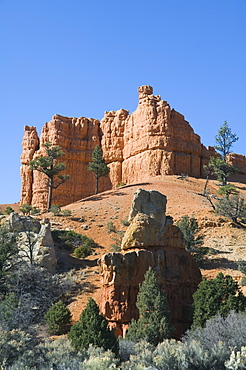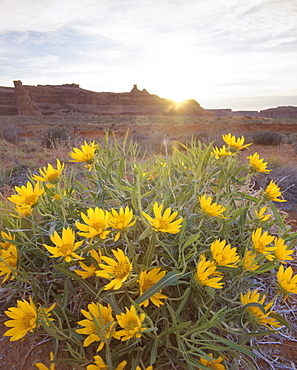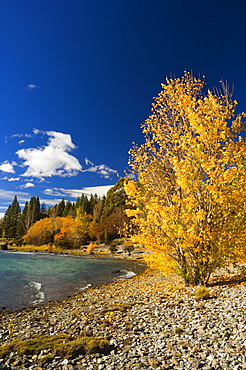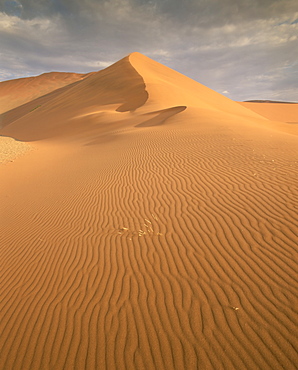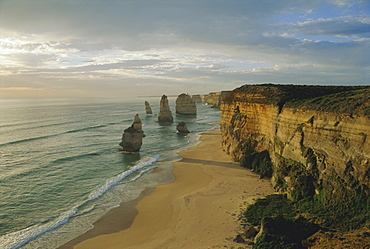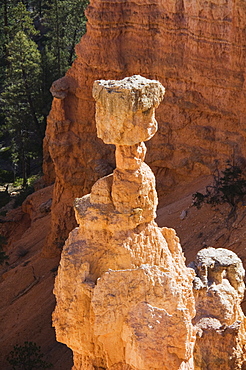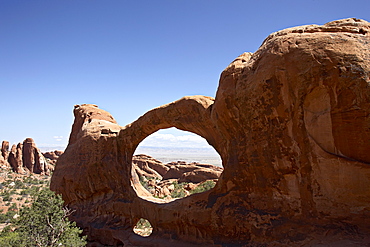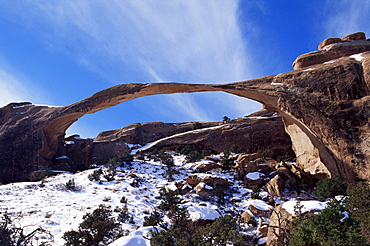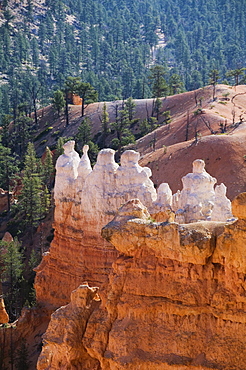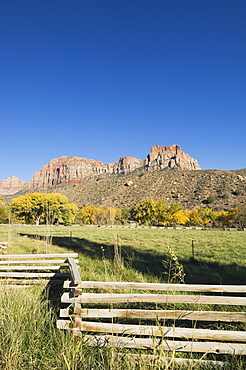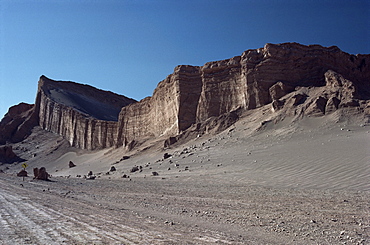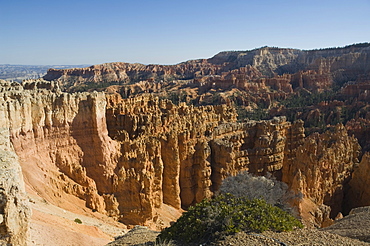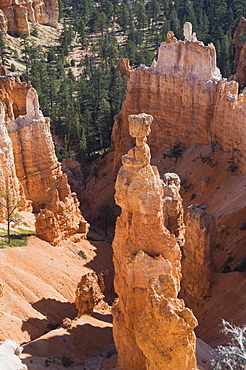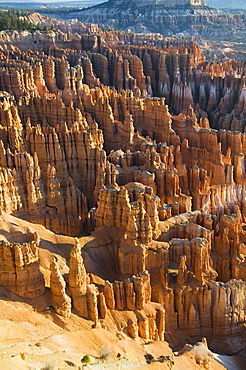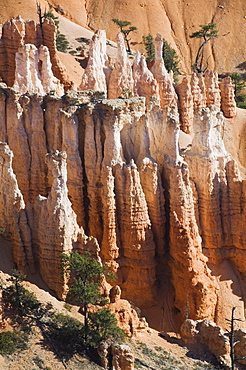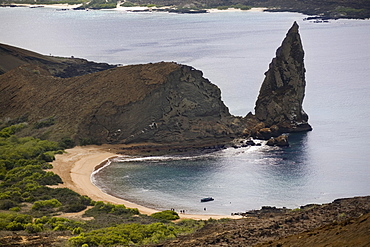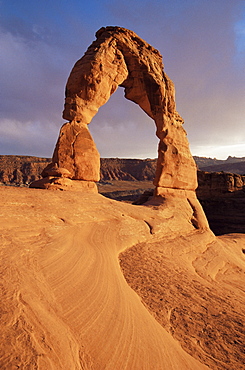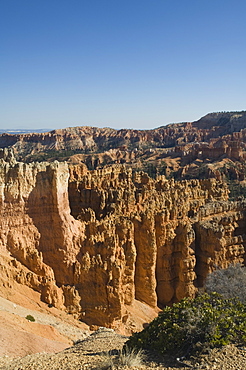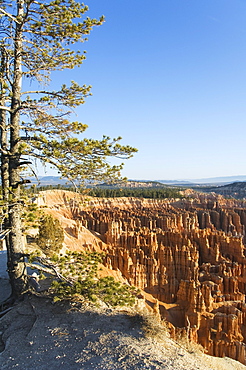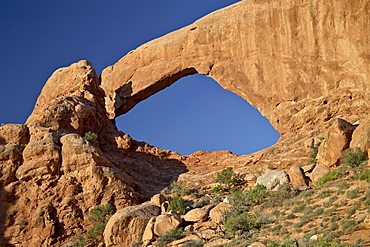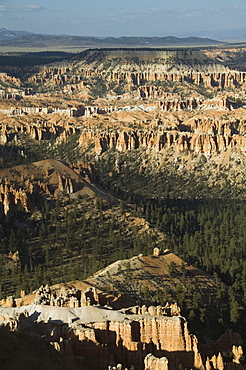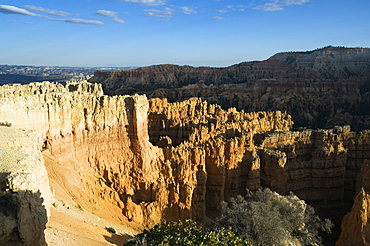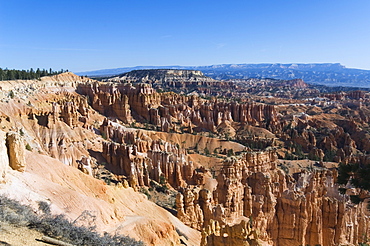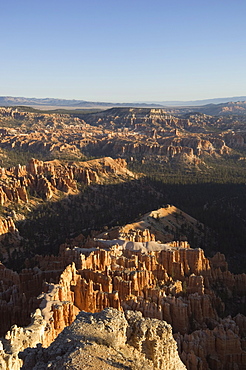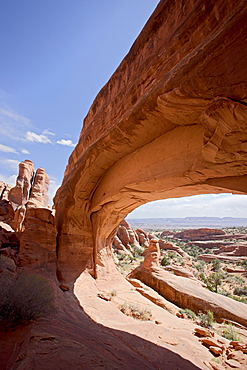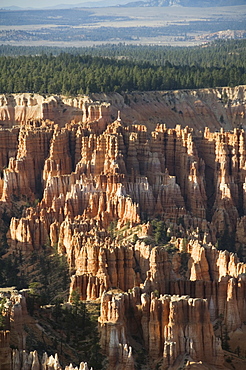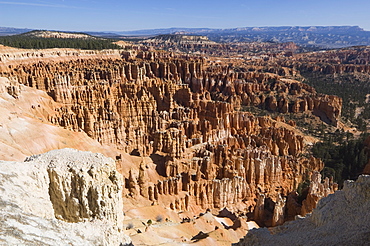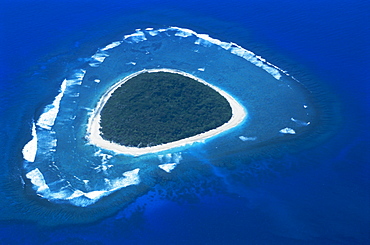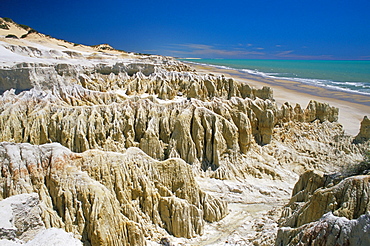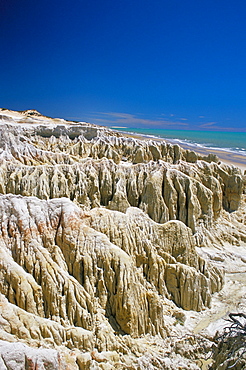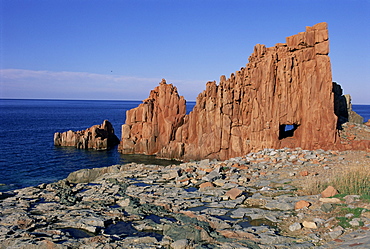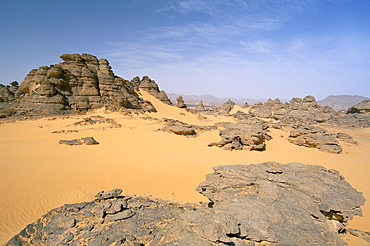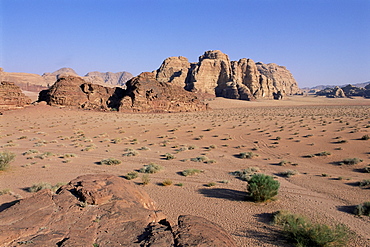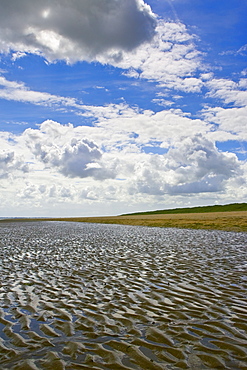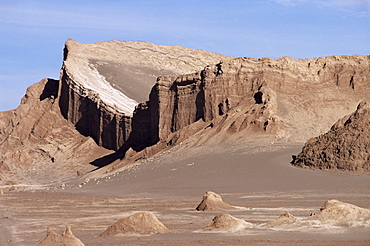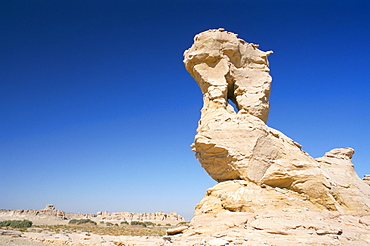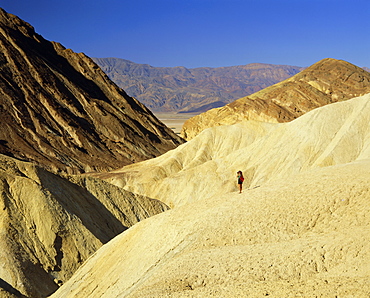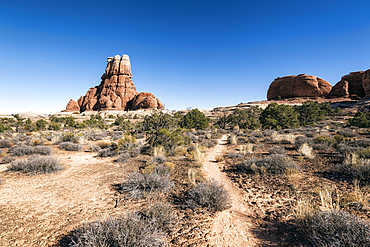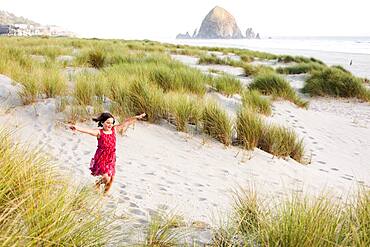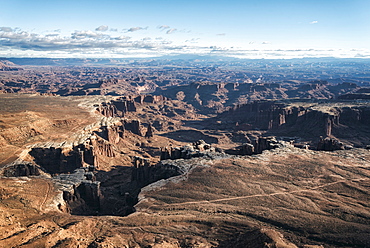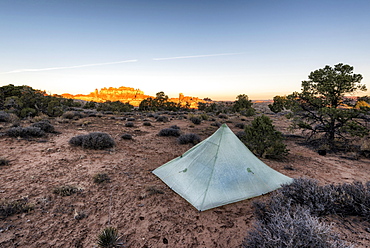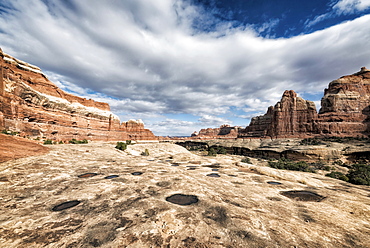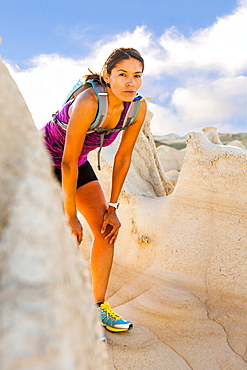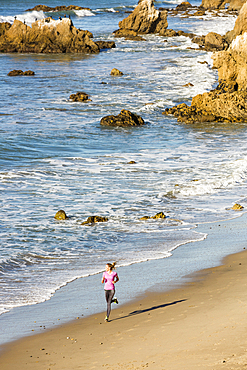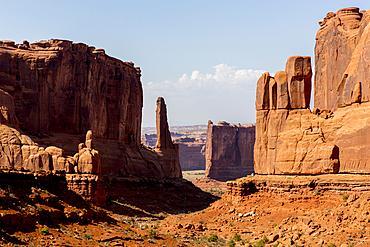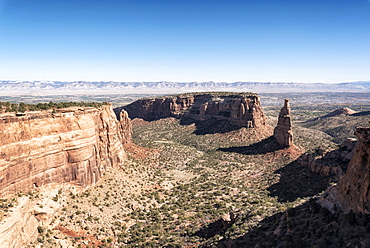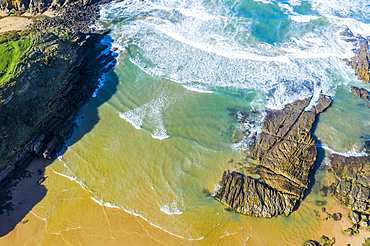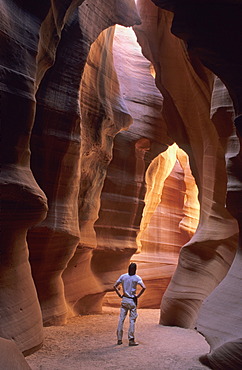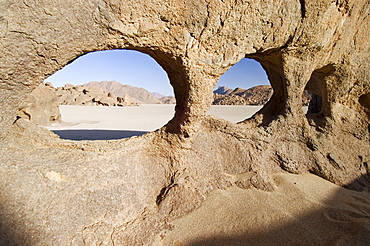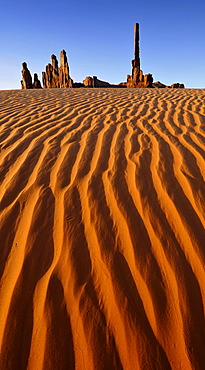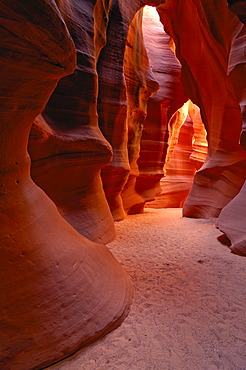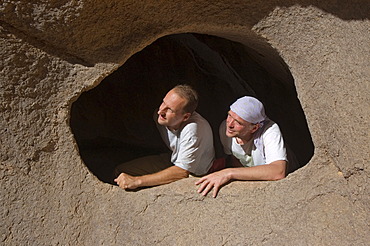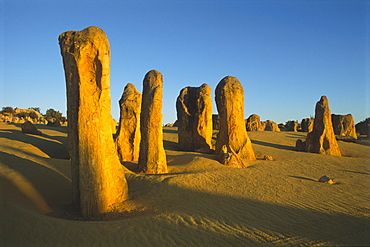Results
« Previous 1 2 3 4
348 results found
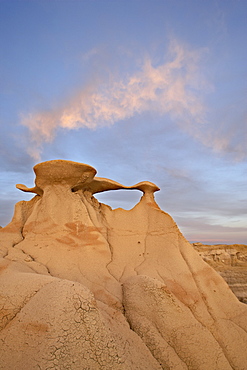
Sunset at the Stone Wings formation, Bisti Wilderness, New Mexico, United States of America, North America
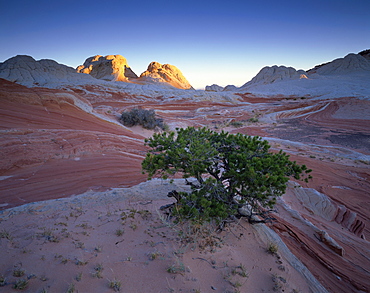
Sandstone formations, White Pockets, Paria Plateau, Northern Arizona, United States of America, North America
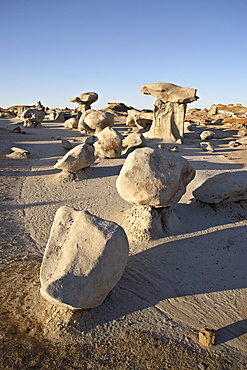
Boulders and hoodoos at first light, Bisti Wilderness, New Mexico, United States of America, North America
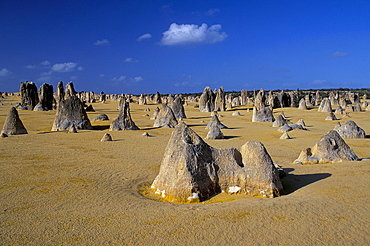
Limestone pillars in the Pinnacles Desert, Nambung National Park, Western Australia, Australia, Pacific
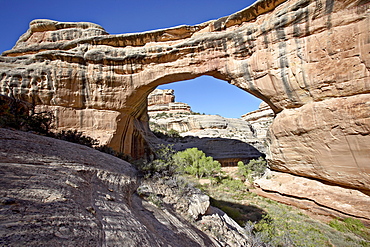
Sipapu Natural Bridge, Natural Bridges National Monument, Utah, United States of America, North America

The Pinnacles limestone formations at sunset in Nambung National Park, Western Australia, Australia, Pacific
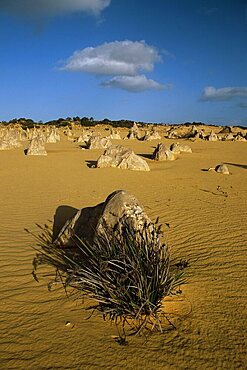
Limestone pillars in the Pinnacles Desert, Nambung National Park, Western Australia, Australia, Pacific
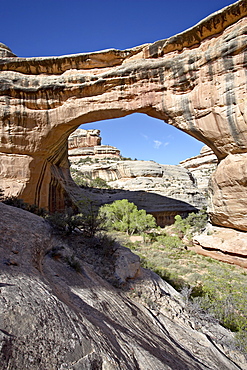
Sipapu Natural Bridge, Natural Bridges National Monument, Utah, United States of America, North America

The Pinnacles limestone formations at sunset in Nambung National Park, Western Australia, Australia, Pacific
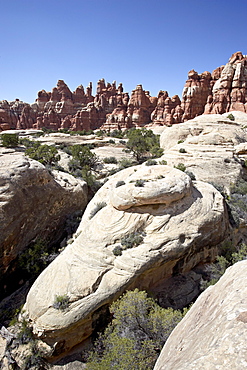
Rock formations, Needles District, Canyonlands National Park, Utah, United States of America, North America
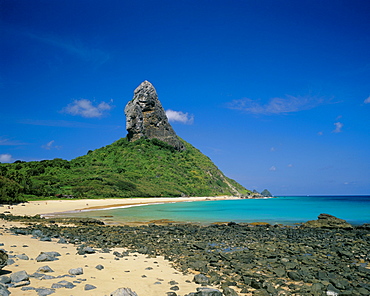
View of Praia do Conceicao beach and Morro do Pico in the background, Parque Nacional de Fernando de Norohna, Fernando de Noronha, Pernambuco, Brazil, South America
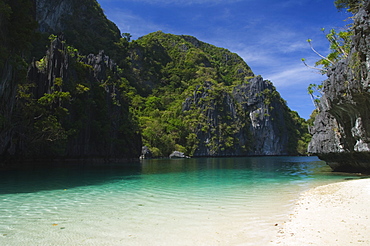
Miniloc Island, Big Lagoon, limestone rock formations and white sand beach, Bacuit Bay, El Nido Town, Palawan Province, Philippines, Southeast Asia, Asia
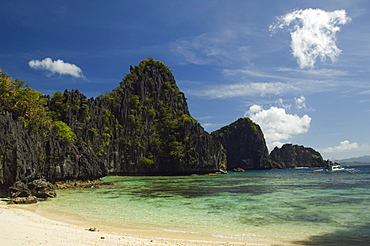
Miniloc Island, Big Lagoon, limestone rock formations and white sand beach, Bacuit Bay, El Nido Town, Palawan Province, Philippines, Southeast Asia, Asia
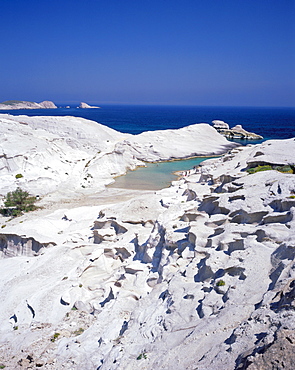
Aerial view of beach and rock formations, Sarakiniko, Milos, Cyclades Islands, Greek Islands, Greece, Europe

Early morning light on sand stone formations at Punta Colorado os Isla San Jose in the Gulf of California (Sea of Cortes), Baja California Sur, Mexico.
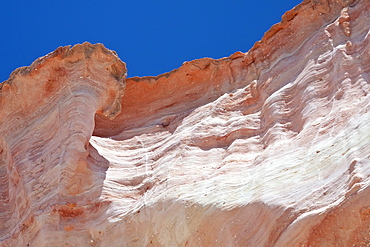
Early morning light on sand stone formations at Punta Colorado os Isla San Jose in the Gulf of California (Sea of Cortes), Baja California Sur, Mexico.
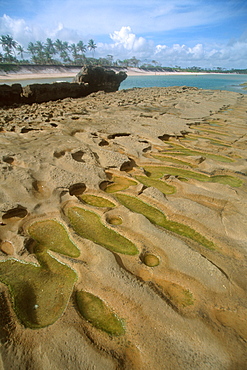
Natural limestone reef formations with beach in the background, Muro Alto, Pernambuco, Brazil, South America
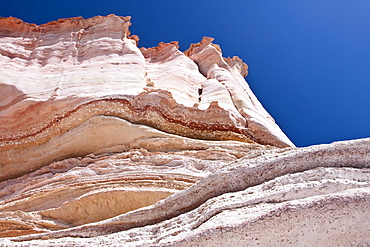
Early morning light on sand stone formations at Punta Colorado os Isla San Jose in the Gulf of California (Sea of Cortes), Baja California Sur, Mexico.
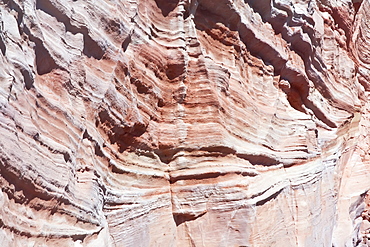
Early morning light on sand stone formations at Punta Colorado os Isla San Jose in the Gulf of California (Sea of Cortes), Baja California Sur, Mexico.
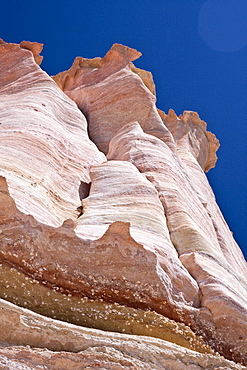
Early morning light on sand stone formations at Punta Colorado os Isla San Jose in the Gulf of California (Sea of Cortes), Baja California Sur, Mexico.
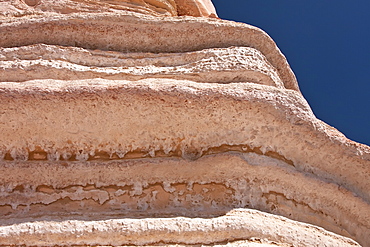
Early morning light on sand stone formations at Punta Colorado os Isla San Jose in the Gulf of California (Sea of Cortes), Baja California Sur, Mexico.
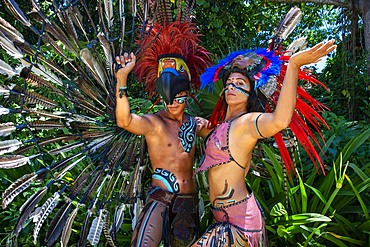
Mexican aztec dress gods at Grand Palladium White Sand Resort and Spa in Riviera Maya, Yucatan Peninsula, Quintana Roo, Caribbean Coast, Mexico.
Aztec clothing was generally loose fitting and did not completely cover the body. When the Spanish arrived in Mexico, the people were surprised to see them in their full armour, with only their faces exposed.
Aztec clothes were generally made of cotton (which was imported) or ayate fiber, made from the Maguey Cactus (also called the Century Plant or American Aloe). Women would weave the fibers into clothing, a task girls were taught as young teenagers. Because of their vast trading network, the Aztecs were able to make use of a beautiful array of dyes, creating the brilliant
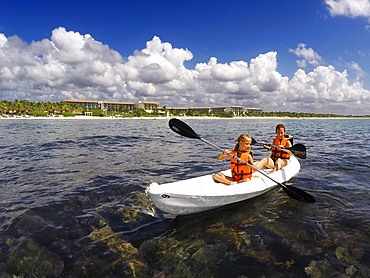
Kayakking in front of the beach of Grand Palladium White Sand Resort and Spa in Riviera Maya, Yucatan Peninsula, Quintana Roo, Caribbean Coast, Mexico
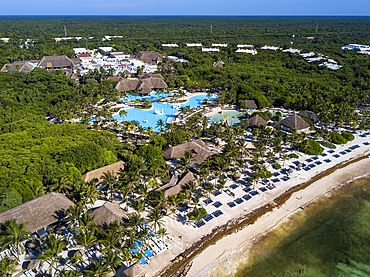
Aerial view of Grand Palladium White Sand Resort and Spa in Riviera Maya, Yucatan Peninsula, Quintana Roo, Caribbean Coast, Mexico
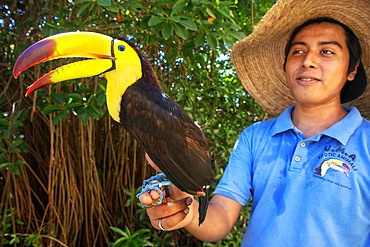
A Mexican staff member holds a tucan at Grand Palladium White Sand Resort and Spa in Riviera Maya, Yucatan Peninsula, Quintana Roo, Caribbean Coast, Mexico

Mexican aztec dress gods at Grand Palladium White Sand Resort and Spa in Riviera Maya, Yucatan Peninsula, Quintana Roo, Caribbean Coast, Mexico.
Aztec clothing was generally loose fitting and did not completely cover the body. When the Spanish arrived in Mexico, the people were surprised to see them in their full armour, with only their faces exposed.
Aztec clothes were generally made of cotton (which was imported) or ayate fiber, made from the Maguey Cactus (also called the Century Plant or American Aloe). Women would weave the fibers into clothing, a task girls were taught as young teenagers. Because of their vast trading network, the Aztecs were able to make use of a beautiful array of dyes, creating the brilliant
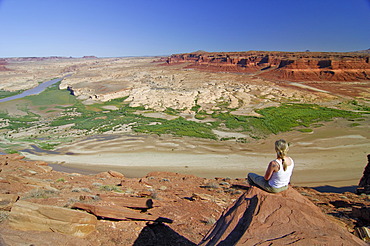
Woman looking over the Glen Canyon National Recreation Area from the Hite viewpoint, Colorado Plateau, Utah, USA
